May 18–Jul 18, 2023
Online
-
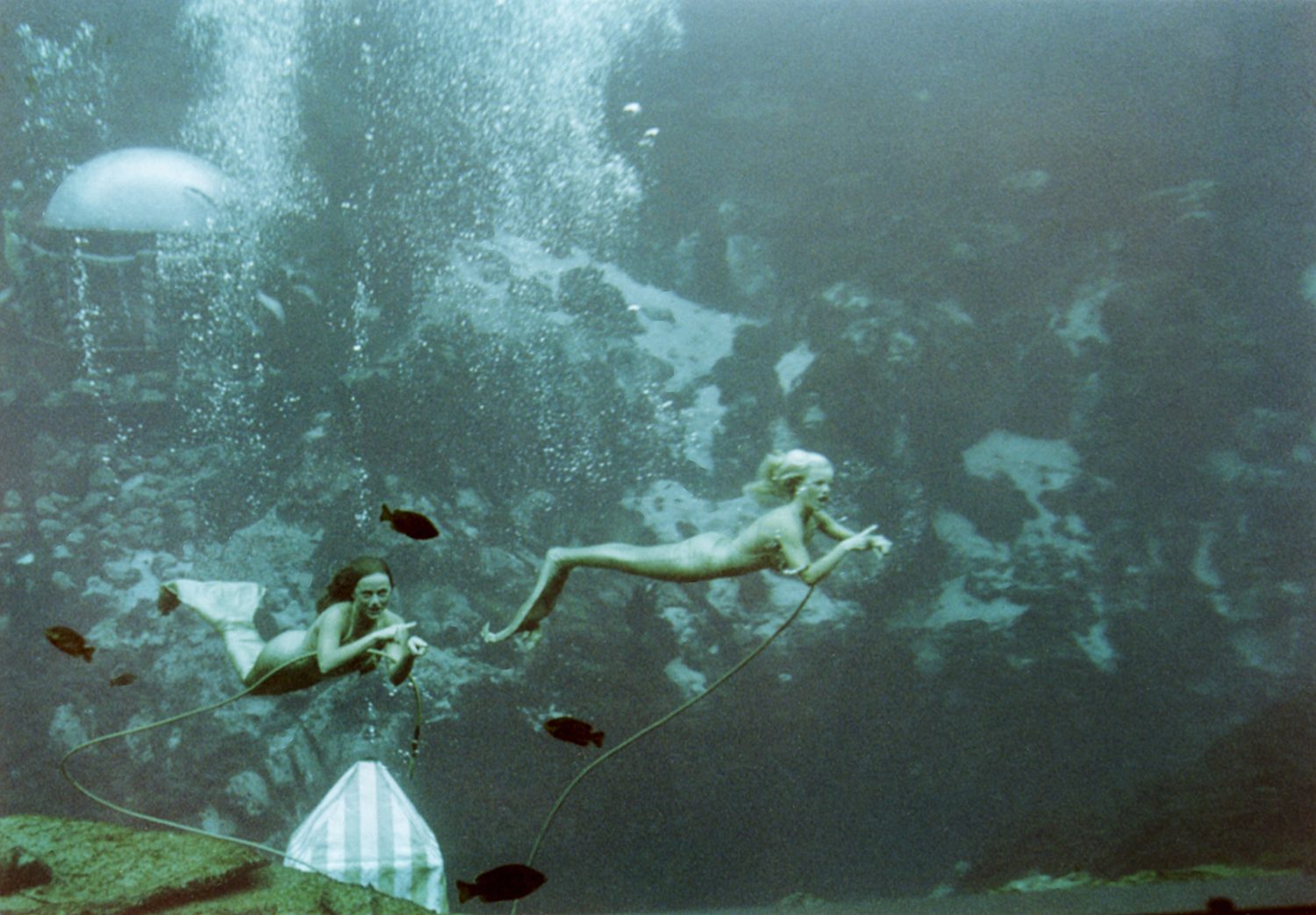
1/10: Sara Macel, Two Mermaids, Weeki Wachee, Florida (from the Macel family archive), 1986
-
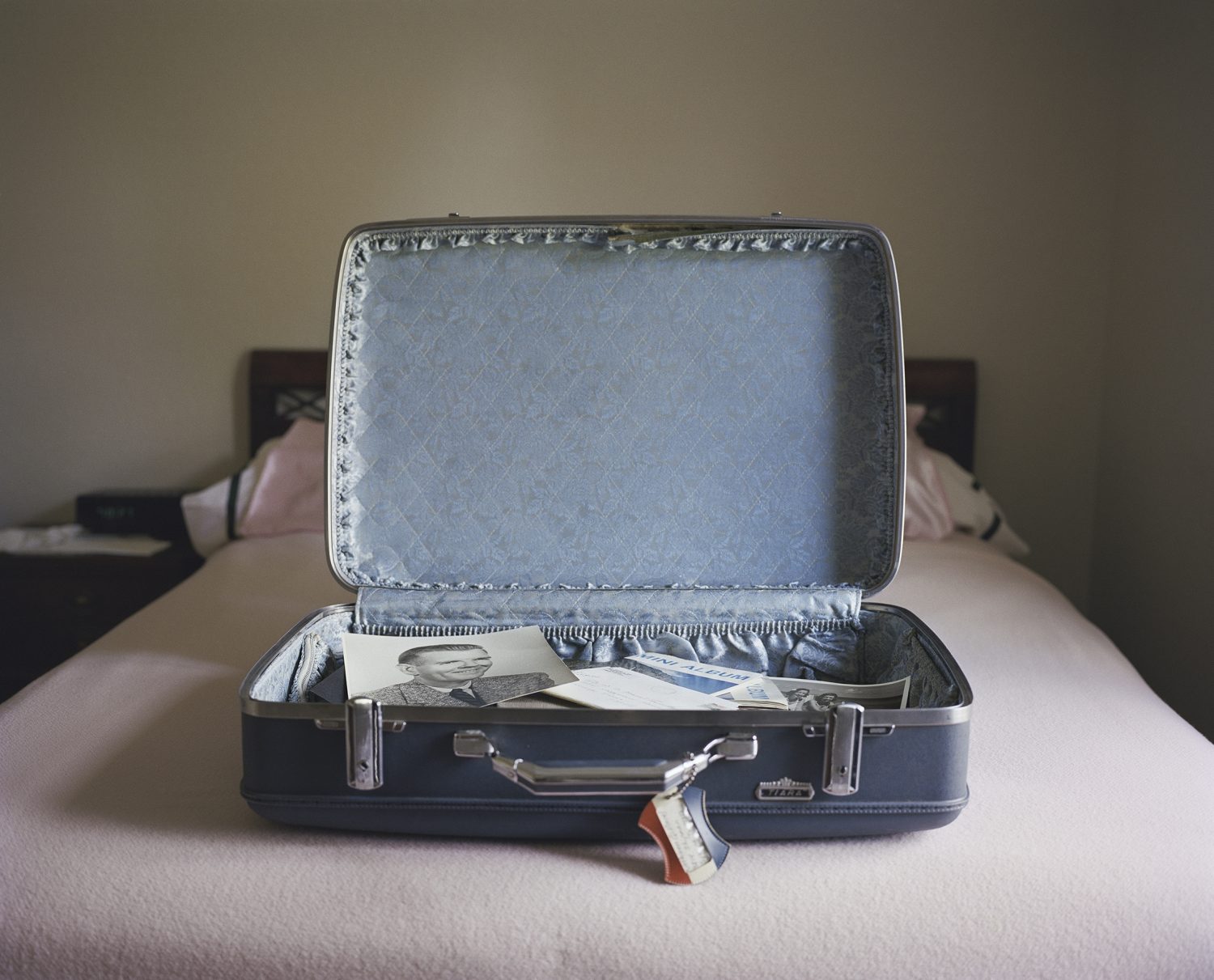
2/10: Sara Macel, The Forgotten Suitcase, Spring, Texas, 2014
-
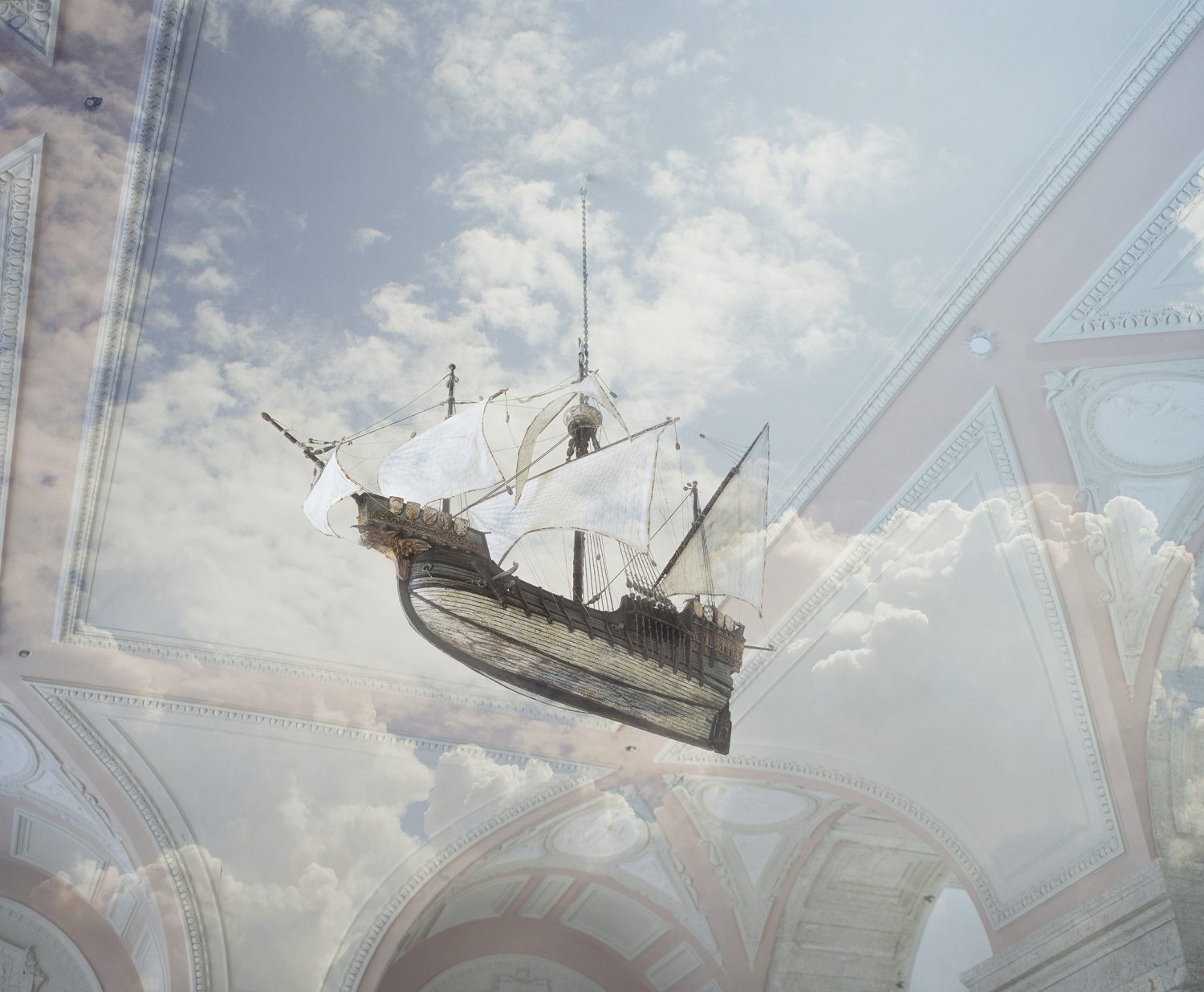
3/10: Sara Macel, Hanging Ship, Miami, Florida, 2017
-
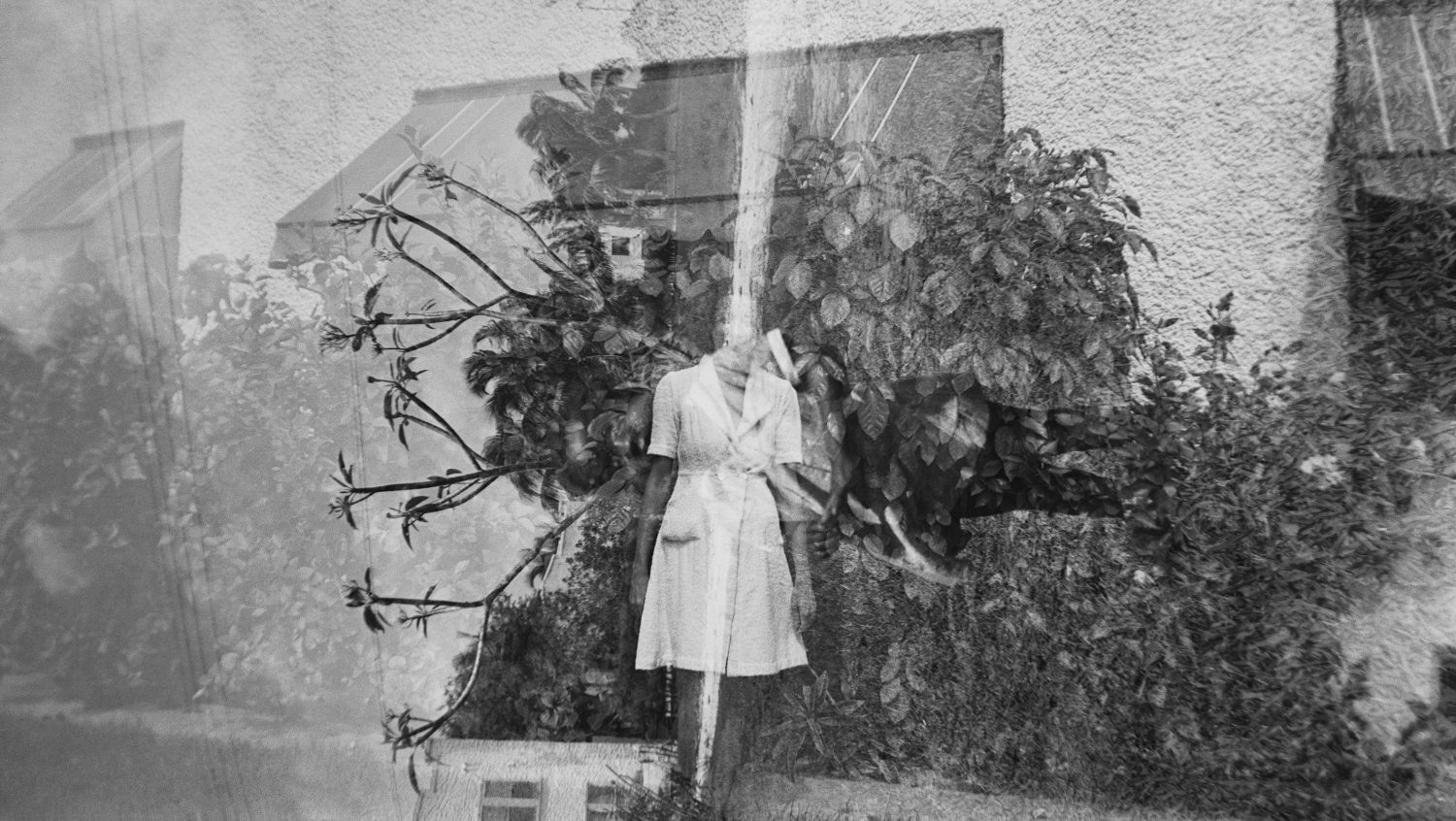
4/10: Sara Macel, Double Exposure I, Hollywood, Florida, (from the Macel family archive), 1944-45
-
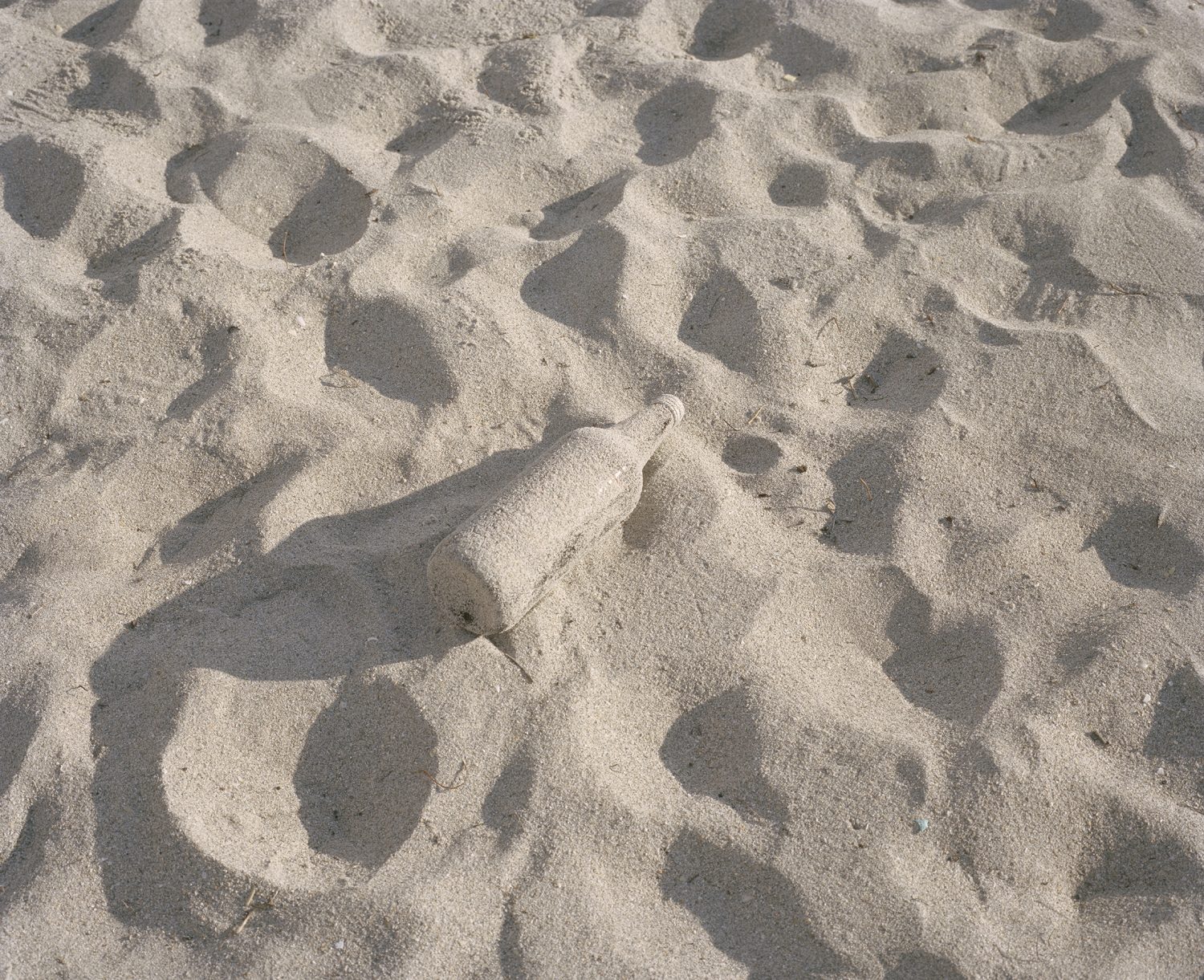
5/10: Sara Macel, Message in a Bottle, Hollywood, Florida, 2016
-
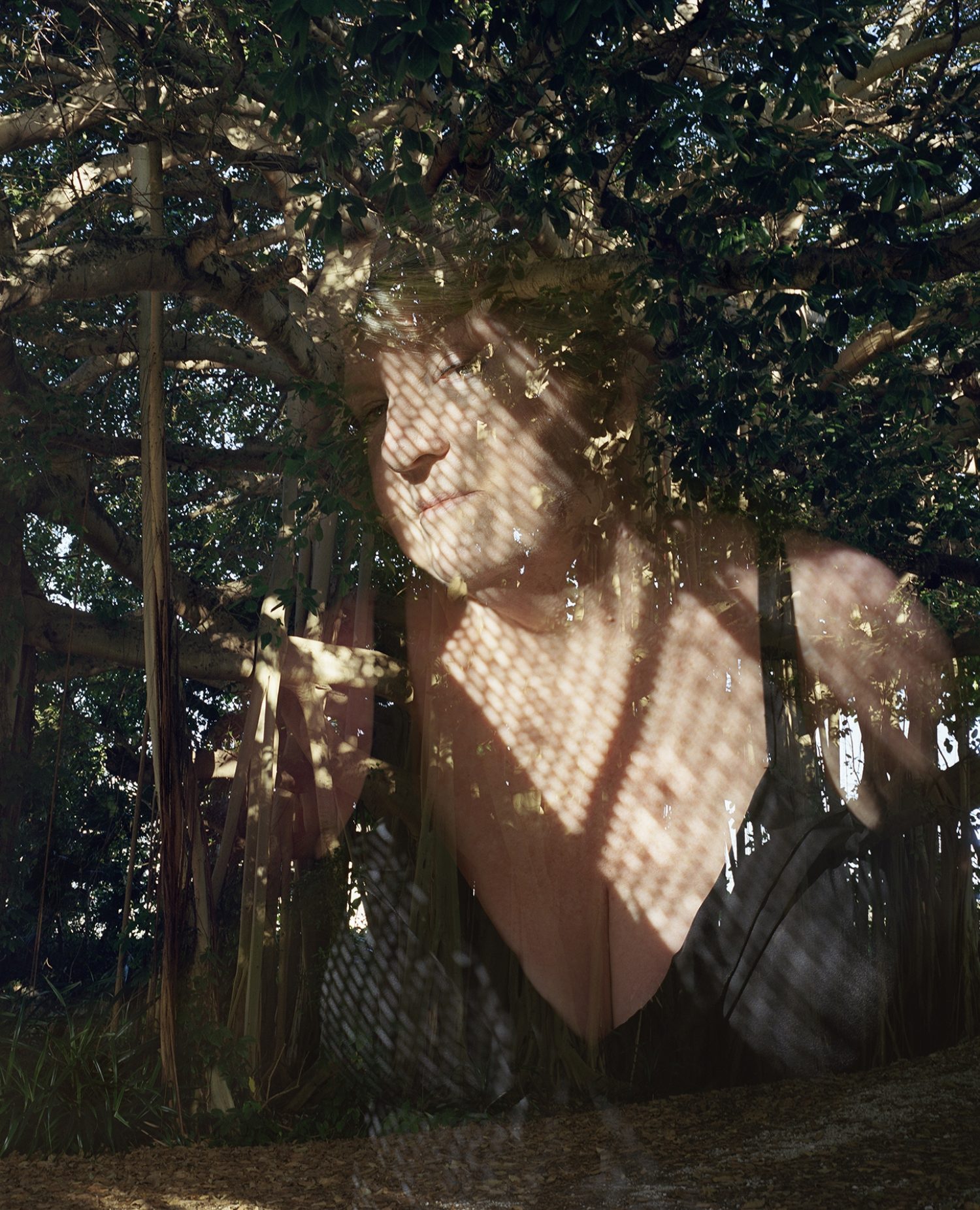
6/10: Sara Macel, Double Exposure II, Hollywood, Florida, 2017
-
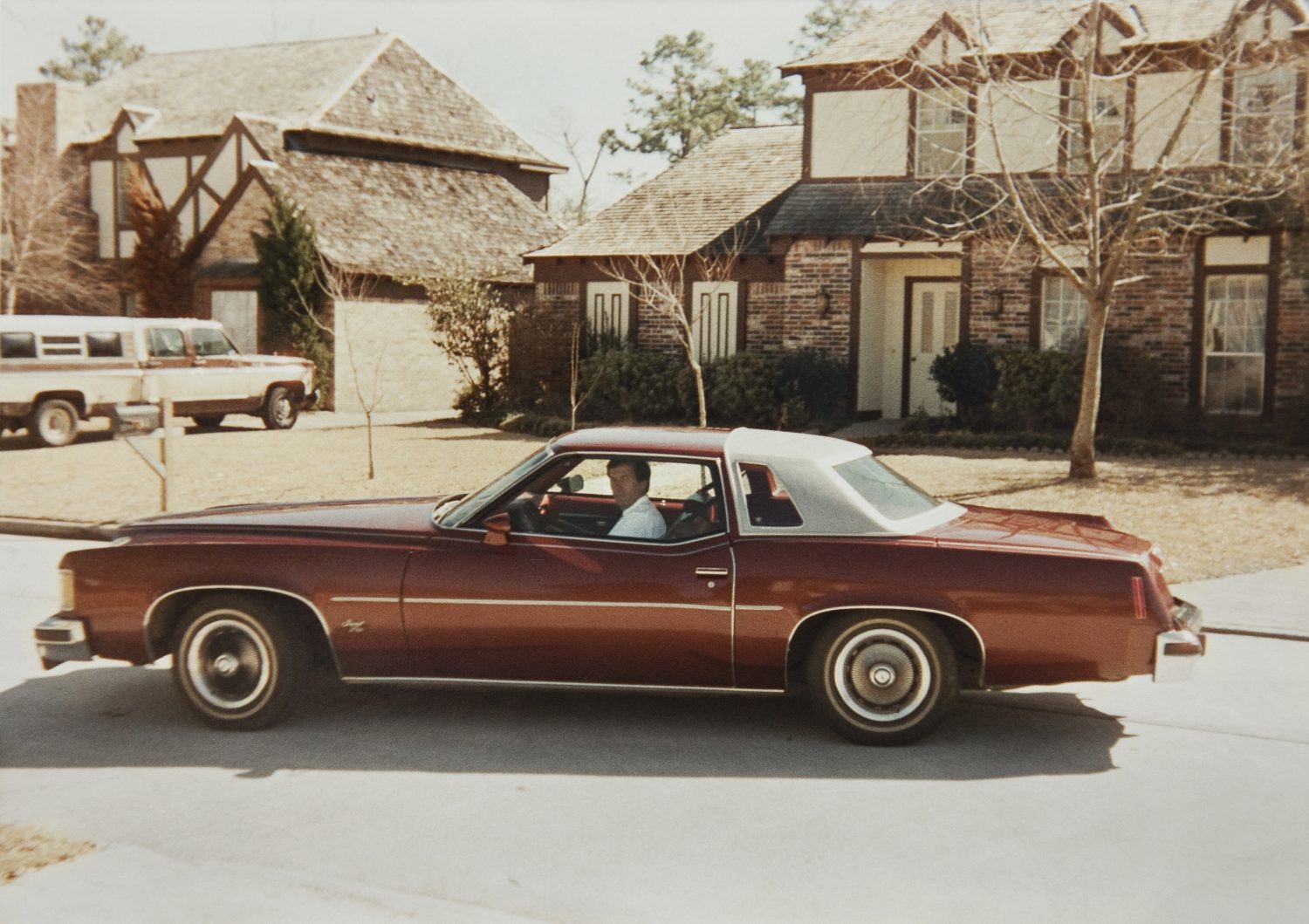
7/10: Sara Macel, In the Company Car, Spring, Texas (from the Macel family archive), 1981
-
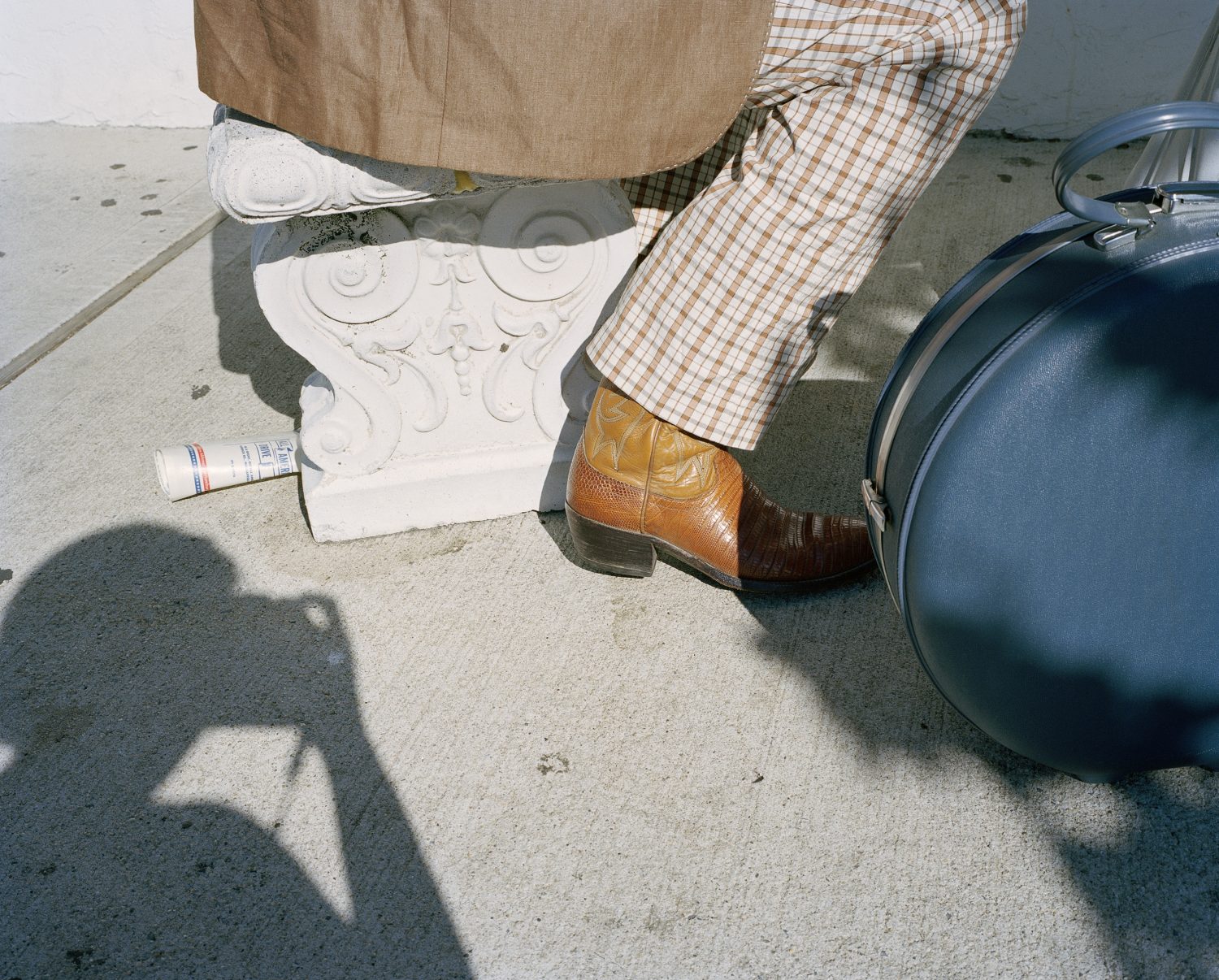
8/10: Sara Macel, Boots, Seaford, New York, 2009
-
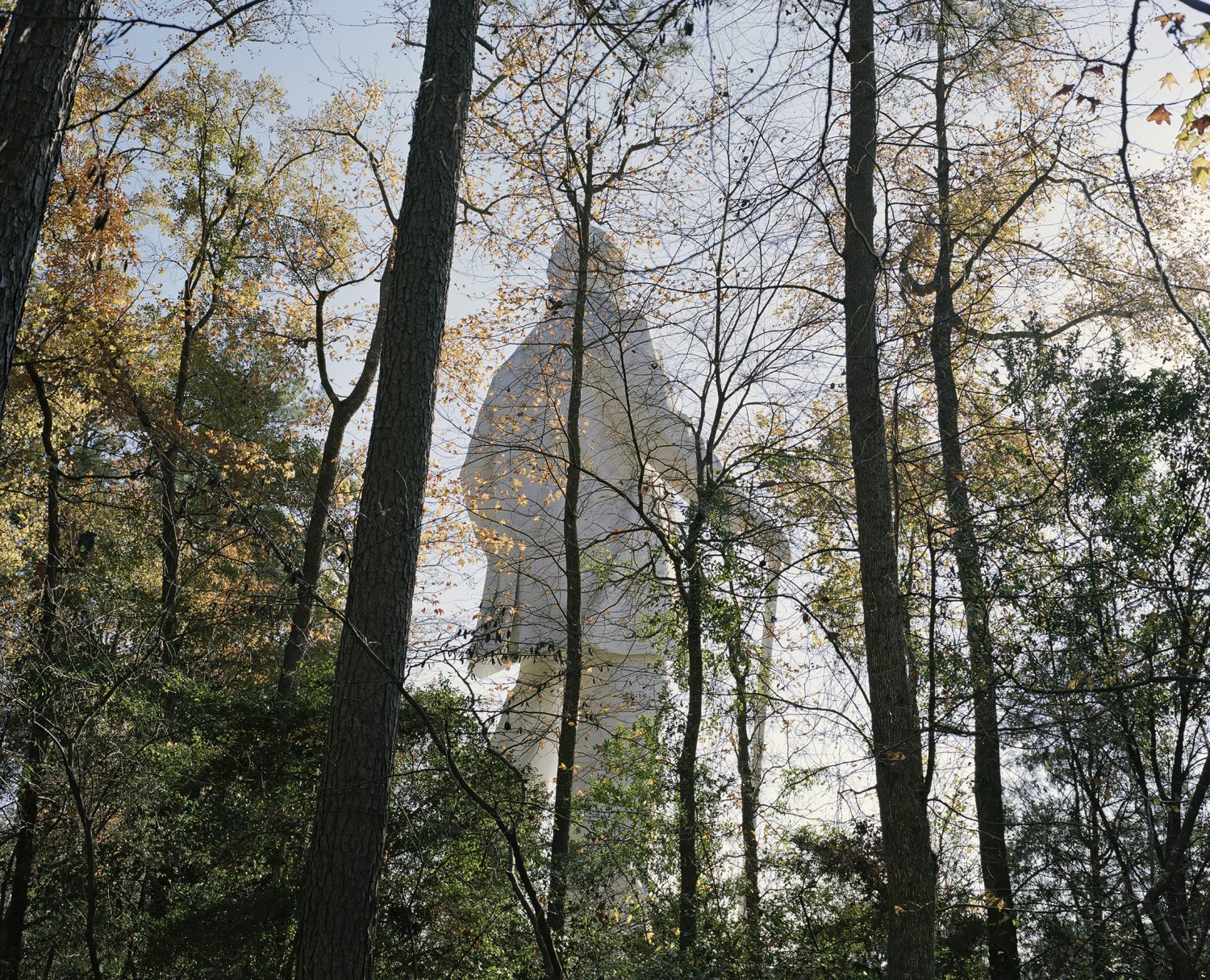
9/10: Sara Macel, The Towering Figure, Huntsville, Texas, 2011
-

10/10: Sara Macel, Dennis Anthony Macel, Hitchcock, Texas, 2010
Silver Eye Scholar and Chatham University graduate Katelyn Nee was initially drawn to Sara Macel’s photography by the way she poses narratives as conversation, not hesitating to discuss complicated matters, including family history, aging, gender, and identity. Sitting with Sara’s work, Nee questioned what the lives of her mother and grandmother were like outside of their roles she was familiar with. Moreover, she considered the role of women in society, as caretakers, historians, and people. In this interview Nee speaks with Macel to explore many of these themes.
Katelyn Nee: To begin, could we start with a brief introduction? How did you get into photography?
Sara Macel: I was born and raised in the suburbs outside of Houston, Texas in a little town called Spring. My dad is a retired traveling salesman of telephone poles and my mom is a former elementary school teacher who raised three daughters while my dad was away for work about half the time. In high school, I got into photography and spent so much time in the darkroom that my art teacher made me a spare key. Since I was a teenager, I was pretty single-minded about what I wanted to do in life and I've just been creatively piecing together a career in photography ever since. I only submitted one college application to NYU's Tisch School of the Arts Photography + Imaging Dept and luckily got in. So I moved to NYC when I was 18 and have lived in 3 of the 5 boroughs over the past twenty years.
KN: Often, you use photography to connect the present to the past. Did this interest develop as you learned photography, or have you always been interested in these connections?
SM: My mom designated me the family historian early on. Probably because I was the youngest, so I was the last one at home. For my whole teenage life, it was just me and my parents at home where we became almost like roommates. And I loved to hear their stories from the past and look through their photographs from college of former flames and wild parties.
As a photo historian and instructor of photo history, you see these patterns emerge: the visionaries who saw the curve in the road before anyone else, and the pivotal moments when culture meets emerging technology to propel the medium forward. And yet for all those advancements, at the end of the day for most of us, the true magnetism of photography is capturing images of the people and things we love most. That we deny our mortality through a device that by its very nature depicts time which is already passed is such a beautifully human contradiction.
KN: As a storyteller, how do you balance the elements of truth and fiction within your work?
SM: The limitation of all photographs is the fact that you're only seeing the world from one singular perspective. So much can be edited out of the frame or Photoshopped. Even where the photographer stands can influence how an image is read by an audience. I'm not a documentary photographer. I'm interested in exploring those limitations of the medium and exploiting them to tell stories that feel very true to me about questioning and searching for answers or understanding or even just describing how I'm feeling about life and being a woman in our society. The play between fact and fiction is intentional and serves a purpose to tell a deeper narrative.
KN: A lot of your work closely involves your parents' stories as well. How do you collaborate with your family and work to tell their stories? Can you go more into the process?
SM: I never set out to make work about my parents. It just organically happened. I was making some pretty traditional color medium-format road trip photographs during the George W Bush post-9/11 era. And it began as this curiosity about where I grew up in the South and where I live now in the North and the collective trauma of that moment in American history. But the work really lacked focus. It was too big and vague for me at the time.
I began to realize that I was chasing the ghosts of the male road trip photographers who came before me and that there may be a connection between that pursuit and my dad's life on the road for work. That felt like such a lightbulb moment. I realized I could tell a story that was equal parts bleak and heartfelt through the story of this one man who happened to be my father. I asked my dad if he would collaborate with me and let me photograph him on the road in his final years before retirement. He said yes but was hesitant. It took time to build up his trust enough to invite me on the road with him. Hitting that roadblock was the best thing that happened to me creatively because I was forced to find ways to visually tell the story of wanting to know his life away from home on a deeper level and him keeping me at arm's length. Eventually, he did bring me on the road with him and that collaboration became so fun and bonding and became my first book May the Road Rise to Meet You.
By contrast, What Did the Deep Sea Say quite literally fell into my lap. I honestly feel like my grandmother's ghost wanted me to tell her story by way of my uncle randomly finding this suitcase of old photographs and negatives that belonged to her in his basement and asking me if I wanted it. Mind you, this is many many years after she died. And like Pandora's box, I opened it and it led me on a wild adventure to Hollywood, Florida, and began an eight-year collaboration with my mother about inherited silence, female identity, and family secrets. So when you ask about the process, my advice is: follow your gut, be curious, and be resourceful. Be equal parts a scholar and a private detective. And don't underestimate the rich stories that are so close to you that you might overlook them.
KN: Particularly in What Did the Deep Sea Say, you discuss the role of women as caretakers and the lives they leave outside of women's work. Was this something you intentionally thought about or was it just part of your work?
SM: The silent and often overlooked work of women is central to my work. Even in May The Road Rise To Meet You, I purposefully include my shadow holding the camera and my reflection within images. So while the story is about this older man moving through the country, there's this quiet reminder of who is actually in control of the narrative. With What Did The Deep Sea Say, the focus is entirely on the interior lives of my grandmother, my mother, and myself. The physical spaces we inhabit and explore in Florida are really just a psychological / metaphysical space for us to have a conversation through photographs.
KN: What are you working on now?
SM: Continuing in that vein, my new work dives deeper into domestic spaces, fertility, and motherhood. I've been working with archival images, cyanotypes on fabric, and other non-traditional photographic processes to talk about these very real and powerful, complex realities we face as women dealing with those arenas of life that aren't easily talked about or that are kept private from our public-facing lives.
Participating Artist
Sara Macel (b. 1981 Houston, TX) is an artist and photographer based in Queens, NY. She received her BFA in Photography + Imaging from NYU (2003) and her MFA in Photography, Video & Related Media from the School of Visual Arts (2011). Macel is currently the Photography Program Coordinator and Photography Instructor at the State University of New York (SUNY) Rockland Community College. Her photographic work is narratively-based and often deals with themes of the archive, family, memory, place and time.
Macel’s work has been internationally exhibited and is in various private collections, including the Museum of Fine Arts Houston, Cleveland Museum of Art, Harry Ransom Center, and the Center for Photography at Woodstock. Sara was named one of PDN's 30 Photographers to Watch in 2015. She is a recipient of the Individual Photographer's Fellowship Grant from the Aaron Siskind Foundation and was an artist-in-residence at Light Work in Syracuse, NY in 2017.
Her first monograph, May the Road Rise to Meet You (Daylight Books), was named one of PDN’s best photo books of the year. A traveling exhibition of that work was shown in solo shows around the country. Her new series What Did the Deep Sea Say received an Editor’s Choice award at CENTER Santa Fe and is out now from Kehrer Verlag.